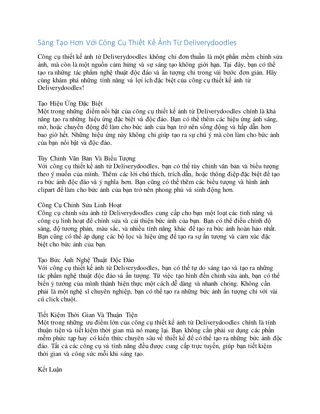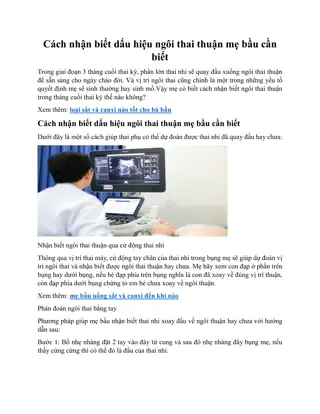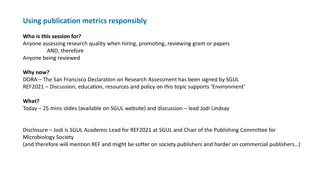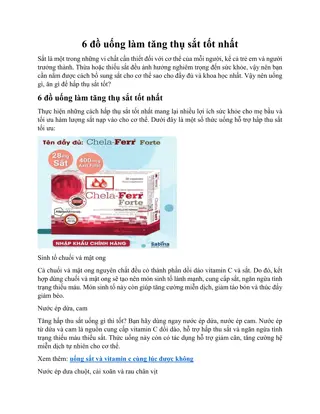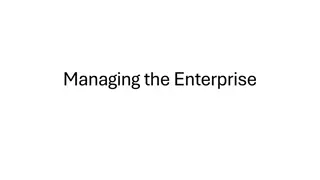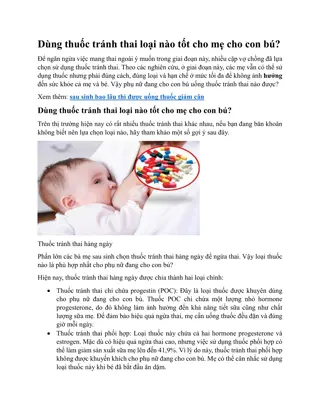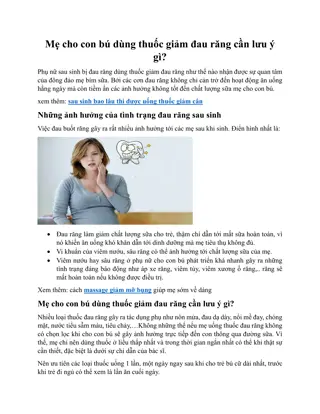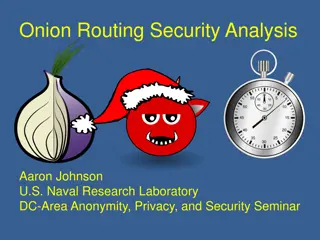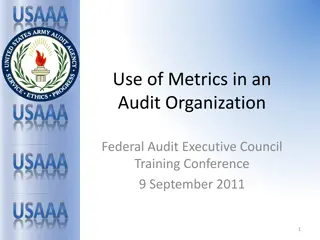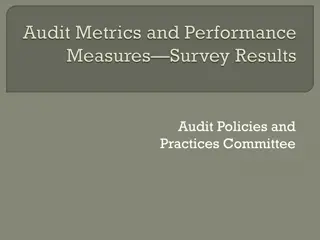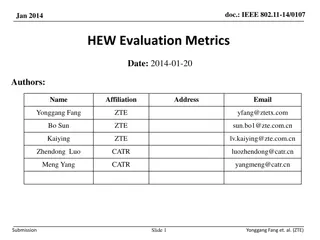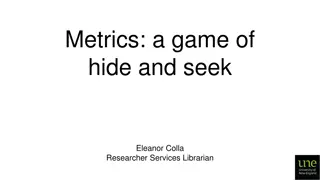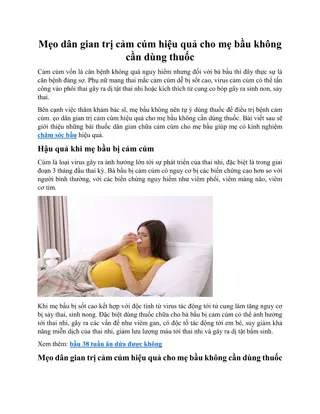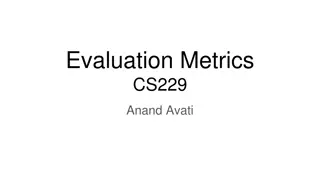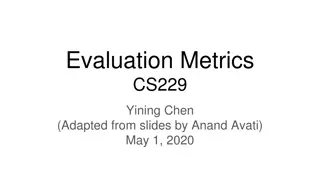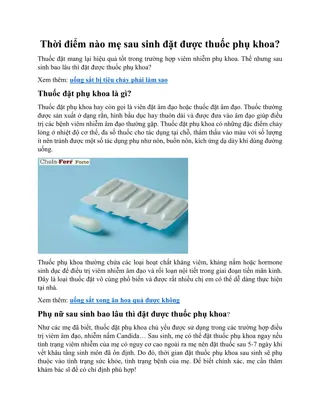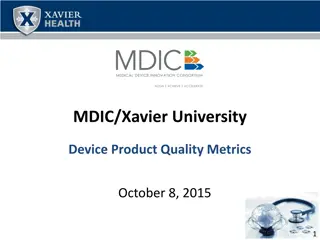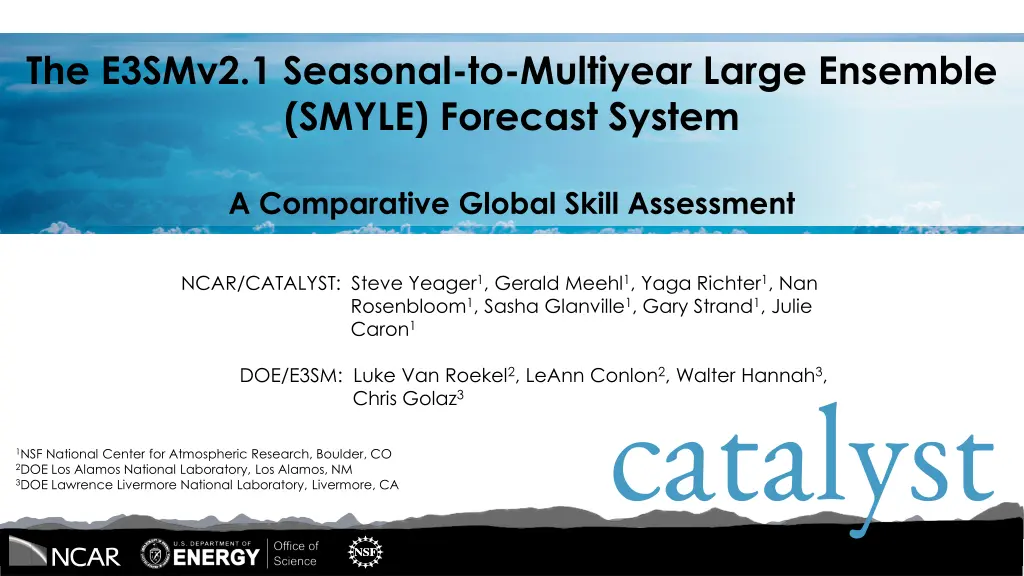
Large Ensemble Forecast System Comparative Skill Assessment
Explore the E3SMv2.1 Seasonal-to-Multiyear Large Ensemble (SMYLE) forecast system and the extended seasonal prediction protocol to bridge the gap between traditional seasonal and decadal efforts, as highlighted in studies led by researchers like Steve Yeager and Gerald Meehl. Dive into the details of the experimental hindcast experiments and the fidelity of ocean initial conditions in climate modeling.
Download Presentation

Please find below an Image/Link to download the presentation.
The content on the website is provided AS IS for your information and personal use only. It may not be sold, licensed, or shared on other websites without obtaining consent from the author. If you encounter any issues during the download, it is possible that the publisher has removed the file from their server.
You are allowed to download the files provided on this website for personal or commercial use, subject to the condition that they are used lawfully. All files are the property of their respective owners.
The content on the website is provided AS IS for your information and personal use only. It may not be sold, licensed, or shared on other websites without obtaining consent from the author.
E N D
Presentation Transcript
The E3SMv2.1 Seasonal-to-Multiyear Large Ensemble (SMYLE) Forecast System A Comparative Global Skill Assessment NCAR/CATALYST: Steve Yeager1, Gerald Meehl1, Yaga Richter1, Nan Rosenbloom1, Sasha Glanville1, Gary Strand1, Julie Caron1 DOE/E3SM: Luke Van Roekel2, LeAnn Conlon2, Walter Hannah3, Chris Golaz3 1NSF National Center for Atmospheric Research, Boulder, CO 2DOE Los Alamos National Laboratory, Los Alamos, NM 3DOE Lawrence Livermore National Laboratory, Livermore, CA
Extended Seasonal (S2I) Prediction Predictability knowledge gap for timescales in-between traditional seasonal (0-12 month) and decadal (1-10 year) efforts New experimental protocol needed to fill that gap: Seasonal: 12-month hindcasts initialized monthly Ext-Seasonal: 24+-month hindcasts initialized quarterly Predictability Sources and Timescales: Decadal: 10-year hindcasts initialized yearly Yeager et al. (2022, Geosci Mod Dev, 10.5194/gmd-15-6451-2022) Meehl et al. (2021, Nature Reviews, 10.1038/s43017-021-00155- x)
Extended Seasonal (S2I) Prediction (2023, Communications Earth & Environment) (2023, Earth s Future) (2023, Science Advances) (2024, Nature Geoscience, in review) (2024, Mon Wea Rev) (2023, Earth s Future) Yeager et al. (2022, Geosci Mod Dev, 10.5194/gmd-15-6451-2022)
Seasonal-to-MultiYear Large Ensemble Hindcast Experiments CESM2 SMYLE E3SMv2.1 SMYLE CESM2 POP FOSI: Model -ocean -atmosphere -land -sea ice CESM2 POP2 (1 , 60L) CAM6-FV (1 , 32L) CLM5 (1 ) CICE5 (1 ) E3SMv2.1 MPAS-O (1 , 60L) EAMv2 (1 , 72L) ELMv2 (1 ) MPAS-SI (1 ) Forcing -through 2014 -2015 onwards CMIP6 SMBB historical RCP3.70 CMIP6 SMBB historical RCP3.70 Initialization -ocean -atmosphere -land -sea ice Full field POP2 FOSI (1 , OMIP2) JRA55 forced CLM5 (CRU-JRA) POP2 FOSI (1 , OMIP2) Full field MPAS-O FOSI (1 , OMIP2) ERA5 forced ELMv2 (CRU-NCEP) MPAS-O FOSI (1 , OMIP2) E3SMv2.1 MPAS-O FOSI: Hindcasts -start dates -initialization years -length -ensemble size 1st of Nov, Feb, May, Aug 1970-2019 24 months 20 1st of Nov, Feb, May, Aug 1970-2019 28 months 20 Forced Ocean/Sea-Ice (FOSI) simulations yield reasonable reproduction of historical ocean/sea-ice states (in particular, tropical Pacific)
Fidelity of Ocean Initial Conditions Mean SST Bias: SST Correlation: SST RMSE: Poor man s data assimilation for ocean/sea-ice far from perfect! TOP ROW: POP2 BOTTOM ROW: MPAS-O Ocean initial conditions for E3SMv2.1-SMYLE are comparable to those used for CESM2-SMYLE
Hindcast Drift SST Bias (Coupled Hindcasts): SST Bias (FOSI): Forecast Leadtime POP2 MPAS-O Coupled model systematic bias develops rapidly Very different lead-dependent bias patterns in E3SMv2.1 and CESM2
Hindcast Drift SST Bias (Coupled Hindcasts): SST Bias (Coupled Historical): E3SMv2 CESM2 Golaz et al. (2022, JAMES, 10.1029/2022MS003156) Danabasoglu et al. (2020, JAMES, 10.1029/2019MS001916)
ENSO Prediction Skill E3SMv2.1-SMYLE CESM2-SMYLE 1-month lead 13-month lead 1-month lead 13-month lead 7-month lead 19-month lead 7-month lead 19-month lead Remarkably similar ENSO skill despite very different mean model biases Evidence of robust multiyear-lead ENSO forecasts-of-opportunity Both systems are competitive with the NMME multi-model mean
ENSO Prediction Skill Start-month dependence on skill comparison E3SMv2.1 outperforms CESM2 for MAY hindcasts
ENSO Prediction Skill Improved Ni o3.4 skill in E3SMv2.1 due to improved prediction of Bjerknes feedback (SLP over MC/IO)?
Anomaly Correlation Coefficient (after detrending): ENSO Impacts Skill E3SMv2.1 CESM2 E3SMv2.1-CESM2 SAT: SLP: PRE: Skill comparison for seasonal impacts is mixed
Anomaly Correlation Coefficient (after detrending): ENSO Impacts Skill COMBINED- E3SMv2.1 COMBINED - CESM2 SAT: SLP: PRE: Combined 40-member multi-model system appears generally superior to individual systems
Summary Extended-seasonal initialized prediction hindcasts using E3SMv2.1 have been completed through CATALYST/E3SM collaboration E3SMv2.1-SMYLE skill for ENSO is similar to that from CESM2-SMYLE despite different background mean state bias Promising potential to explore seasonal predictability dependence on model structure & process representation

